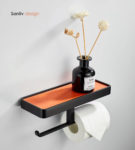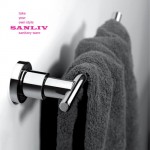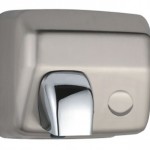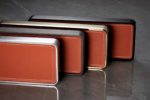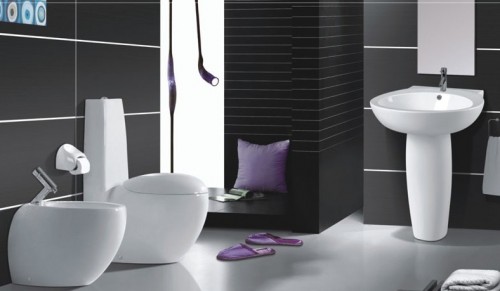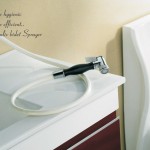How to Strip Wallpaper, essential tips for stripping wallpaper that will help you get this boring task over. It is a common practice to paint over wallpaper instead of removing it first. If the paper is old and already beginning to peel, removing the paper first is the better option, even if it takes a little work. Removing the paper may reveal problems that aren’t apparent, but allow for repair of the wall. Careful removal of the paper is important so to not damage the drywall by tearing the top layer away or gouging it. Once the paper is removed, the wall repaired and primed, it is ready to paint.
Things You’ll Need:
- Sponge
- Putty knife
- Carpet knife
- Gel
- Paper towels
- Garbage bag
- Drop cloth
- DIF wallpaper stripper
- Spackling paste
- Large putty knife
- Sandpaper and wedge
- Rubber gloves
- Plastic grocery bags
Take the easy steps for your stripping wallpaepr.
- Remove pictures, fixtures and wall plates from the wall. Place drop cloth on floor and over furnishings.
- Take an edge of the wallpaper that is already separated from the wall, and peel it away from the wall. This will help you evaluate what type of problems you may encounter. Remove as much paper as you can this way. Place old paper in a garbage bag.
- For paper that is left on the wall, spray a 2-by-2 foot section of the wall with DIF wallpaper stripper gel. Let it set for 15 to 20 minutes. Scrape off with a small putty knife. Use firm pressure against the wall, but under the paper. Make your movement smooth, and be careful not to gouge the wall. Use rubber gloves to protect your hands from the gel. Place paper and gel in a plastic grocery bag then into the garbage bag.
- When the paper separates from the backing, and the backing and the glue are left behind, a second or third spraying may have to be applied and removed. This is where a damp sponge is helpful. Run the sponge over the area and wait a few minutes. Some of the paper backing and glue will come off on the sponge, so rinse often. Use the putty knife to firmly but gentle remove the glue and backing.
- Rinse the area with a clean, damp sponge when you are done. Move on to another section on the wall until finished.
- Determine if there is wall damage to be repaired with spackling paste. If so, wait 24 hours for the wall to dry thoroughly. Spackle over any gouges, picture hanger holes or other imperfections. Smooth with a putty knife, and let the wall dry for 24 hours. Sand the spackled areas with medium sandpaper. Prime the wall. It is now ready to paint.
Got it? If you have better ways, why not share with friends?




